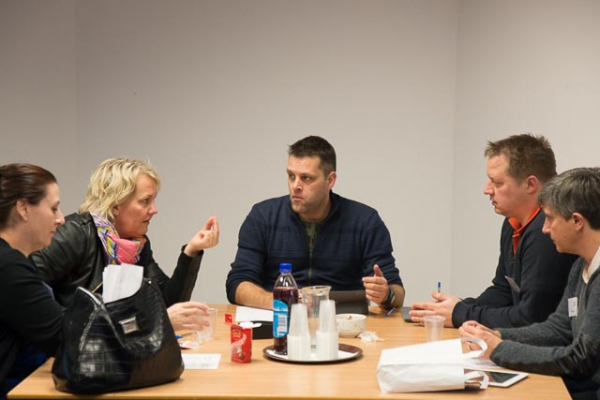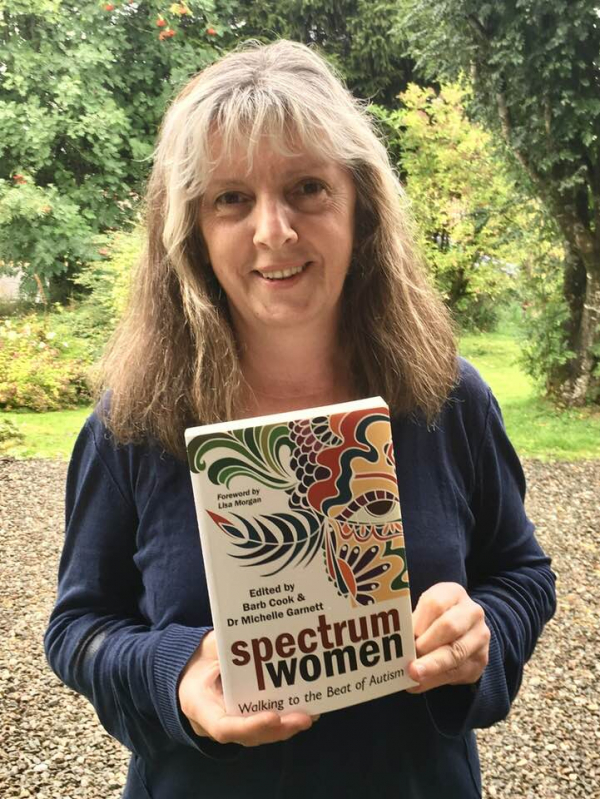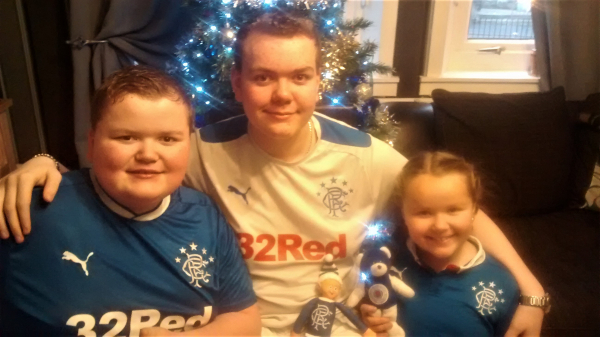Not Losing Sight
Charlene Tait
The Scottish Strategy for Autism has brought many opportunities for us to engage and collaborate with other organisations and academic institutions. Among them is the Royal National Institute for the Blind (RNIB) and Napier University in Edinburgh.
We are working together to deliver a project on autism and sight loss. There are a number of aspects to the project that will include developing a “Vision” toolkit to support practitioners to identify vision and eye health problems. We will also identify vision “champions” in our services as well as among professional Optometrists who are based in the communities close to our services.
Involvement in the project has highlighted that accessibility to health surveillance and routine preventative checks are not always straightforward for people on the spectrum, so why might that be the case?
Like most of these types of issues the answer is probably down to multiple factors such as the capacity of the range of allied health services to understand and meet or even cope with the way some people may present. Inflexible assessment systems and processes may render routine testing in eye care and other areas such as hearing loss stressful and difficult for people.
There may be a temptation to be overly focused on the impact of autism as the source of any new or changing aspect to a person’s presentation. A fundamental thought for me has always been that if you feel well you are more likely to behave well. Whilst this is perhaps an over simplification, there are times when things are simple. Any noticeable or even subtle change in how a person is behaving or communicating should, for me, prompt consideration of their general health.
When we embarked on this work I was reminded of an experience from early on in my career. In a service for twenty people on the autism spectrum only one individual routinely wore glasses. I am struggling to think of any gathering of twenty people where this would be the case. I can also think of a number of things I have observed people do such as bring their face very close to mine to speak to me or holding object right up to their eyes. In these instances I may have been all too quick to assign to a feature of their autism rather than consider a vision issue.
It is of course our job to develop and deliver personalised, specialist services for people with autism and we know that means taking a holistic view of the person. That is one of the many reasons we embarked on this work, it complements our approach. Enabling people to have a good quality of life has, at its centre, enabling people to obtain and sustain health and well being. Vision and good eye health is one aspect to that. The research aspects of the work with colleagues from Napier university will help us understand this work from an academic perspective however the real prize will be learning about the impact we can have on practice and improved health for people on the spectrum.
Categories
- Creative Approaches (6)
- Events (6)
- Fundraising (6)
- Our Services (8)
- Partnership Working (10)
- Research (2)
- Voices from the Spectrum (43)
- About us (3)




